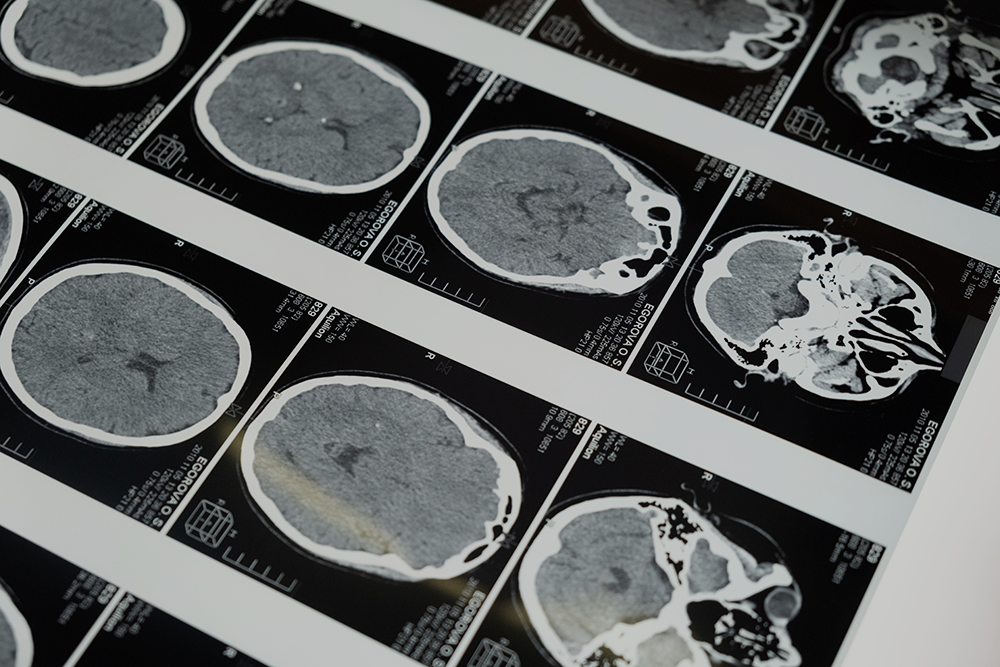
Dumping Syndrome after Bariatric Surgery is a medical condition characterized by the rapid transit of food from the stomach into the small intestine, commonly triggered by the consumption of foods high in fats and sugars. This condition is prevalent in individuals who have undergone gastric bypass or other types of stomach or esophageal surgeries.
Incidence and Types of Dumping Syndrome after Bariatric Surgery
It is estimated that between 20% to 50% of patients who undergo gastric bypass surgery might experience dumping syndrome at some stage. The condition manifests in two forms: early and late dumping syndrome. Early dumping syndrome typically occurs within 10 to 30 minutes of eating. It is thought to result from the swift movement of fluid from the stomach into the small intestines, which increases the volume and pressure inside the small bowel, leading to symptoms like abdominal cramps, nausea, diarrhea, and a rapid heart rate.
Late dumping syndrome, on the other hand, tends to manifest 1 to 3 hours after eating and is often linked to hypoglycemia. The hypothesis is that the rapid absorption of carbohydrates causes an exaggerated insulin response, leading to a significant drop in blood sugar levels. Early dumping is more commonly reported than late dumping.
Symptoms of Dumping Syndrome
The intense and uncomfortable symptoms associated with dumping syndrome have earned it the nickname "impending sensation of doom." Those experiencing early dumping syndrome may report the following symptoms:
- Bloating
- Nausea and vomiting
- Abdominal cramps
- Diarrhea
- Dizziness or lightheadedness
- Rapid heart rate
For late dumping syndrome, the symptoms are primarily related to low blood sugar and include:
- Sweating
- Flushing
- Weakness
- Dizziness or lightheadedness
- Rapid heart rate
Gastric Bypass and Its Role in Dumping Syndrome
Gastric bypass surgery involves the removal of a portion of the stomach and the creation of a new connection between the remaining part of the stomach and the small intestine. Normally, the pylorus—the muscle at the bottom of the stomach—regulates the movement of food into the small intestines. However, this muscle is bypassed or removed during gastric bypass, allowing stomach contents to enter the small intestine more freely.
This altered anatomy significantly changes the digestive process. Normally, the stomach can gauge the sugar content of a meal and adjust gastric juice secretion accordingly, helping to dilute the food and regulate blood sugar levels by controlling insulin release. After gastric bypass, high-carbohydrate foods quickly pass into the small intestines without adequate breakdown by gastric juices. The rapid influx of sugary content forces the body to draw fluid from the intravascular space to dilute the sugar, potentially causing a drop in blood pressure and symptoms like dizziness.
Furthermore, the intestines may signal for an increase in insulin production in response to the high sugar levels, but the rapid sugar absorption and subsequent insulin spike can lead to a dramatic drop in blood sugar, causing symptoms like weakness, clamminess, and nausea.
Managing and Preventing Dumping Syndrome
Despite its uncomfortable symptoms, dumping syndrome can act as a deterrent against consuming high-sugar and high-fat meals post-surgery, which can be beneficial for long-term weight management and health. Awareness of the condition and its triggers can help patients avoid certain foods that precipitate symptoms.
Patients are encouraged to consult with their healthcare providers to develop strategies to manage or prevent dumping syndrome. These might include dietary adjustments, eating smaller meals, avoiding high-sugar foods, and ensuring adequate nutrition to support overall health.
In conclusion, Dumping Syndrome after Bariatric Surgery is a significant condition affecting a considerable percentage of bariatric surgery patients. Understanding its symptoms, triggers, and management is crucial for improving quality of life and achieving successful long-term outcomes post-surgery.











